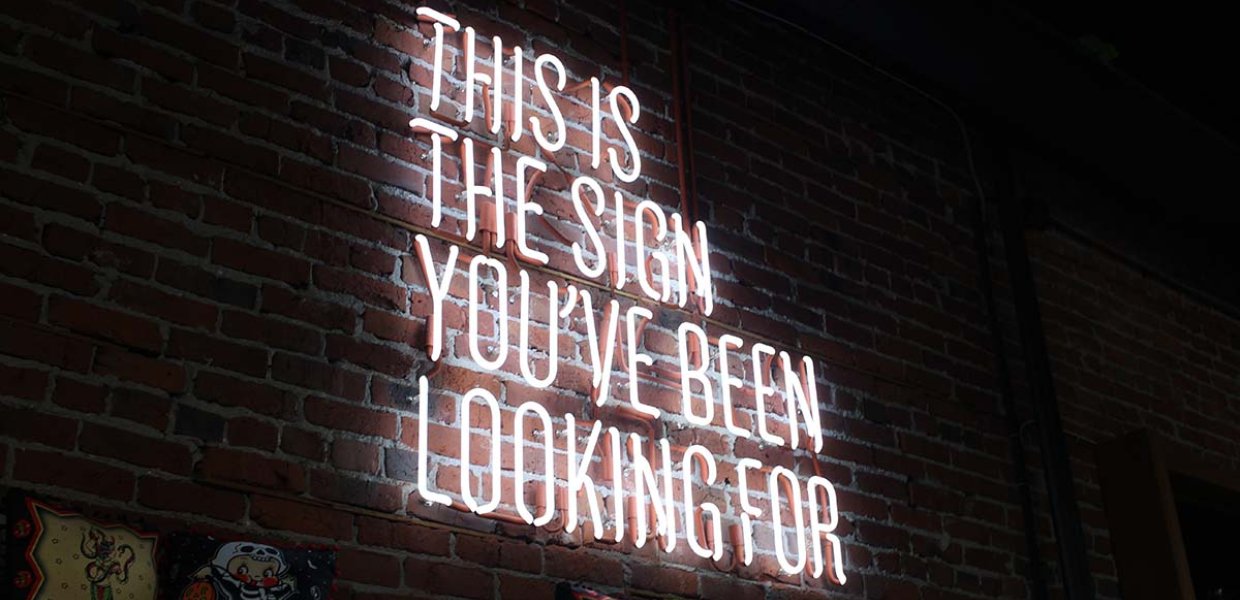In our socially-distant new normal, the living room has become the office. The backyard has become the gym. And the internet has become the only channel through which we can create and maintain deep connections to the outside world.
Now, I know what you’re probably thinking: the internet as a primary space for deep connections? It seems pretty contradictory. Social media and other online channels are usually supplements to in-person interactions, a way to form quick, surface-level connections with target audiences. But now that online interactions are one of the only ways that we can safely engage with one another, they have become integral to forming and maintaining a sense of community.
This new need for online community has changed virtual habits: When people go online, they're now searching for something more interactive. According to Nielsen Games tracking, engagement in video games is at an all-time high and still climbing every week. Nielsen’s research says 82 percent of consumers played video games and watched video game-related content at the height of quarantine, and “Animal Crossing: New Horizons” sales remained impressive in June. In March and April, Google searches for remote “watch party” apps spiked as Netflix parties became the new movie nights. And as people continue to search for a creative escape from reality, they’re turning to TikTok to see and try the latest video challenges.
As PR professionals, we know that authentic connections come from a level of interaction beyond liking a post and scrolling on to the next viral tweet. So how can we create content that’s not only engaging but rejuvenating and motivating to our audiences, who now more than ever are turning to the internet for connection?
It’s time to get creative with how we build community online. Instead of just bringing people to our content, we need to think about how we can bring people together through it. Here are a few ideas.
1. Create avenues for action on a social issue that your company is actively fighting against.
Now more than ever, people are searching for a way to contribute to a cause larger than themselves from quarantine. We’ve seen the power of this desire for greater purpose to engage audiences and make change in the resurgence of the Black Lives Matter movement on social media, and the subsequent mobilization of millions to fight for justice and equal rights. Set up avenues for audiences to engage with your company on social justice issues and make a difference.
2. Make a video, podcast or series of posts out of audience submissions.
Give your audience a stake in your multimedia content by asking for submissions from them for your next promotional video or public service announcement. This “Some Good News”-style approach will keep audiences engaged and wondering if you’ll use their submission, and will likely make the content more relatable, too.
3. Give your audience choices.
Provide a sense of comfort and control to audiences by creating choices in your content. Interactive video programs like Eko Studio help corporations make “choose-your-own-adventure” style videos that can do just that. And while you’re at it, incorporate another call-to-action for a cause that your company is passionate about.
4. Host virtual events.
Fill up the notifications in your audience’s calendar apps by hosting a virtual book club with a special guest that they’ll love, or an online speaker series or industry festival. It won’t be the same as meeting in person, but it offers an opportunity for a deeper connection than most posts will.
Now, more than ever, audiences are hyper-aware of the potential that online interactions hold — and what they may have been lacking in the past. When so many eyes are glued to screens, we can use this time to change the way that we see online audience engagement and focus on authenticity and community-building instead of surface-level views and likes.
Zazu Lippert is the current Noemi Pollack Scholar at the USC Annenberg Center for PR. She is a junior majoring in public relations, with minors in digital studies honors and music production, and is a producer of the #PRFuture podcast and a managing editor at Annenberg Media.
